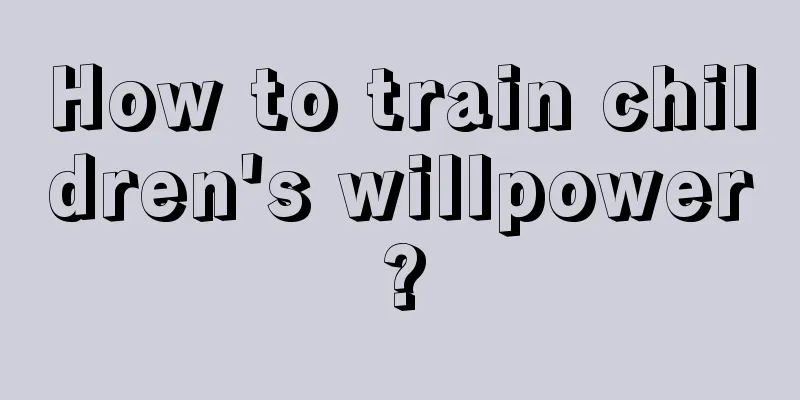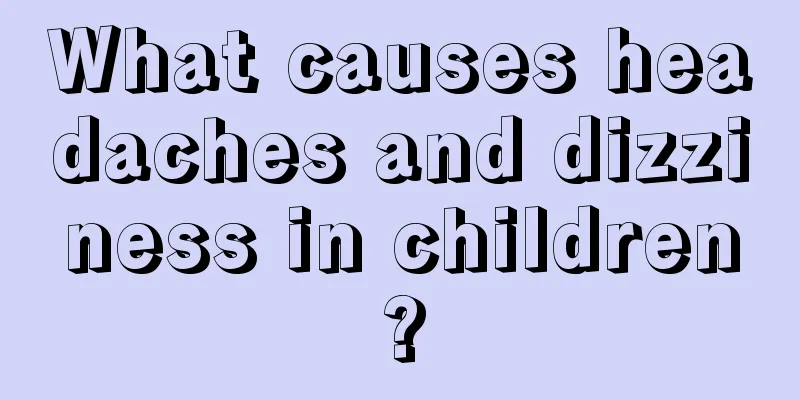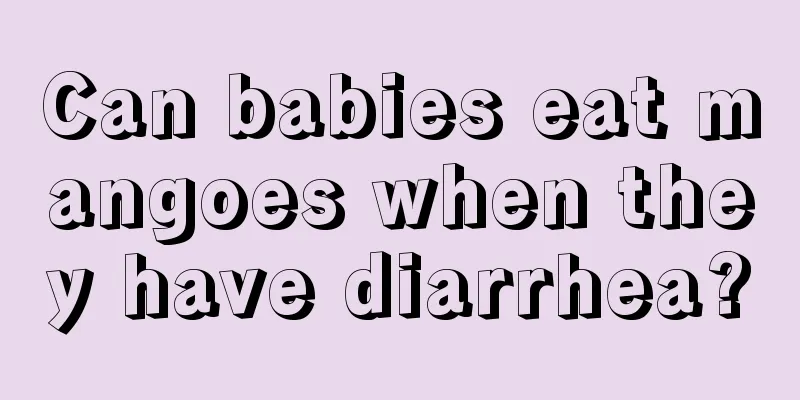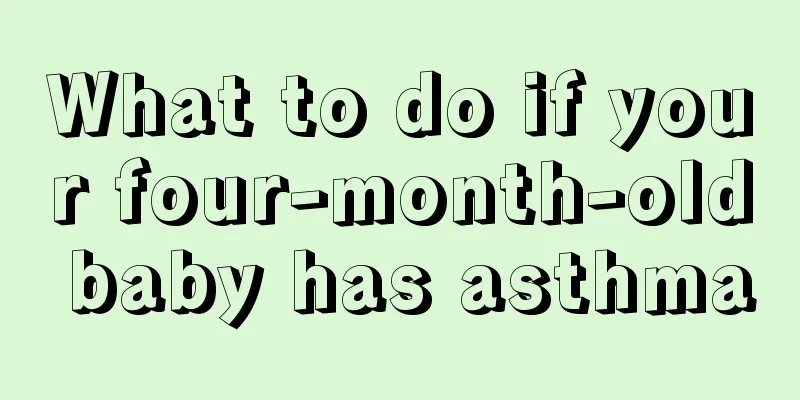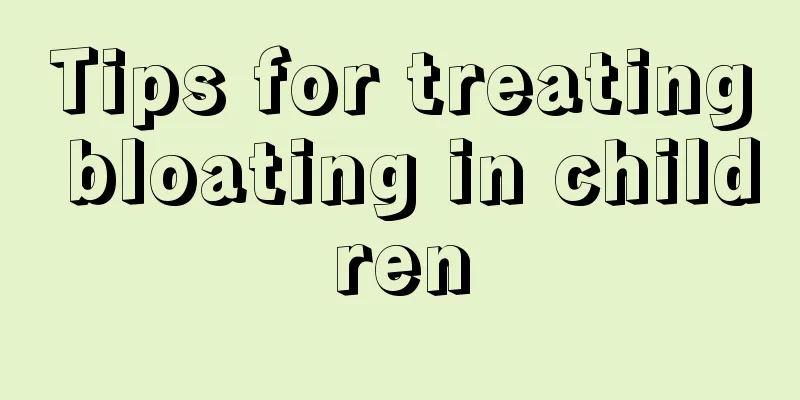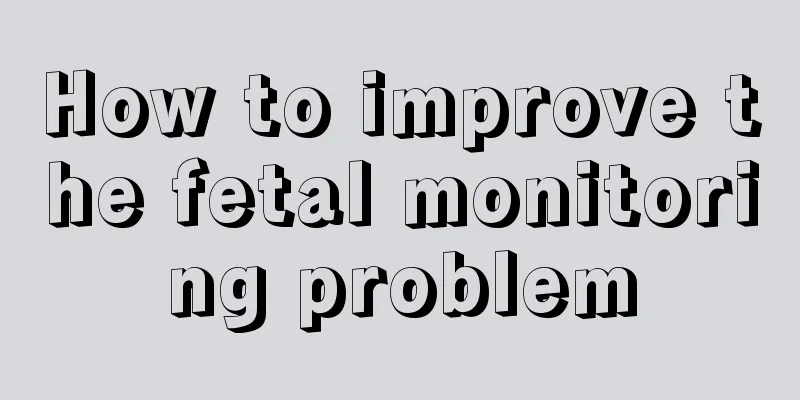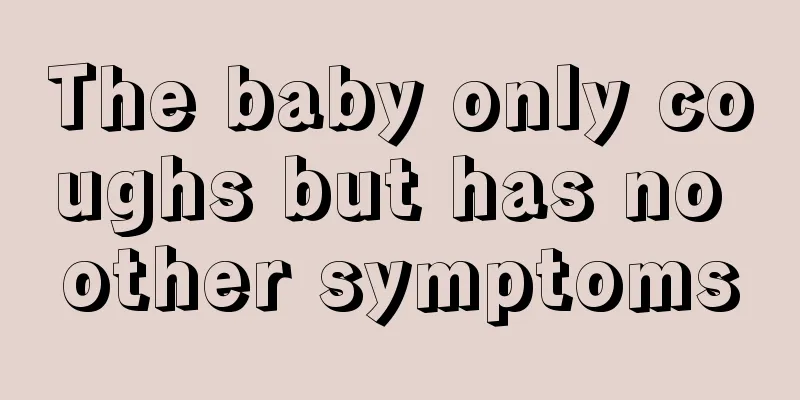What to do when your child loses a tooth
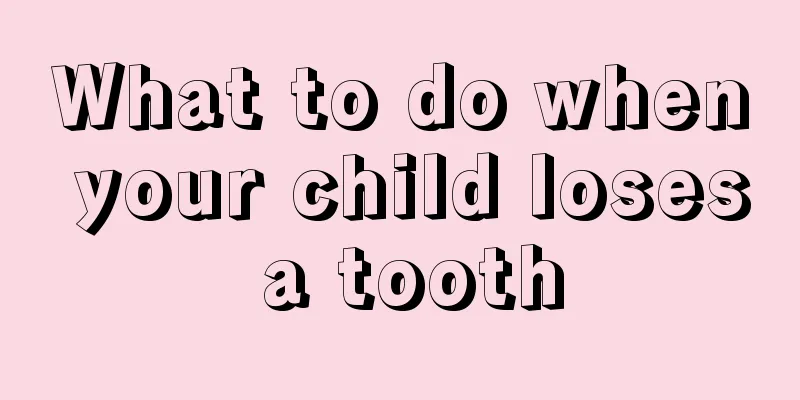
|
Children will change their teeth when they reach a certain age. The teeth that grow out after replacing the deciduous teeth will be stronger. So how should we take care of children after they lose their teeth so that their new teeth can grow better? Let us learn about it together; When a child is about 5 years old, permanent teeth begin to erupt to replace the deciduous teeth. By the age of 12 or 13, all the deciduous teeth have been replaced. This period is called the tooth replacement period. During this period, please note: (1) Whether the deciduous teeth fall out on time. If the deciduous teeth do not fall out on time, it will affect the normal eruption of permanent teeth. (2) Whether permanent teeth erupt on time. (3) Check whether there are any abnormalities in the shape, position, and color of the newly erupted permanent teeth. (4) Whether the child has any bad oral habits such as mouth breathing, biting the lower lip, biting a pencil, etc. (5) Pay attention to oral hygiene and develop the habit of brushing your teeth in the morning and evening. (6) To prevent caries of newly erupted permanent teeth, perform pit and fissure sealing or fluoride application on permanent posterior teeth in a timely manner. (7) Go to the hospital regularly (1-2 times a year) to see a specialist for examination and treatment. Children's newly replaced teeth appear particularly large. Children's newly replaced front teeth appear particularly large and are out of proportion with the face. Some people call this period the "ugly duckling" stage of children. It is true that after the teeth erupt, the size of the crowns no longer changes, but the child's alveolar bone increases as the tooth roots continue to develop, and the jawbone also becomes larger due to the increase in the number of permanent teeth. As children grow and develop, their faces gradually become larger and fuller. At that time, the child's face and teeth will become symmetrical and harmonious, and the front teeth will not feel particularly large. Why do some children have sparse teeth and gaps? Do they need to be corrected immediately? There are three common situations in which children have sparse teeth and gaps. (1) The sparse gaps between deciduous teeth are also called physiological gaps. The existence of these gaps is beneficial for the alignment of the posterior teeth after the eruption of permanent teeth. (2) When teeth are replaced, there is a gap between the two upper front teeth. This is a temporary phenomenon in the process. As the teeth on both sides of the front teeth erupt, the gap will gradually decrease until it disappears completely. However, when the gap between the two front teeth is particularly large, you need to ask a doctor to check whether there are supernumerary teeth. (3) The permanent teeth are sparse and have gaps. One type is that the permanent teeth are smaller in shape, such as conical teeth or undersized teeth. Another situation is congenital missing teeth in permanent teeth. You can go to the hospital and ask the doctor to close the gap through orthodontics or restoration methods. The above article describes the topic of what to do after a child loses his or her teeth. I believe that all mothers have a very good understanding of their children's teeth after reading this. I also hope that all mothers will observe their children's teeth carefully and let their children protect their teeth from an early age. |
<<: What should children eat when their voice is hoarse?
>>: How to make baby chicken liver
Recommend
Symptoms and treatment of intestinal spasms in children, these measures must be understood
For families with children, it is important to un...
How to deal with a baby hitting the back of the head
The back of the baby's head is the most vulne...
How can children grow taller if their parents are not tall?
All parents hope that their children are tall, bu...
What should I do if my baby has a poor appetite?
As children grow up, various problems are inevita...
What should I do if my baby has excessive moisture?
When the baby has heavy dampness, parents should ...
What to do with thalassemia in children
You may not have heard of thalassemia often, but ...
How to treat asthma in children
Children with asthma must be treated in time, bec...
What to do if your child has toothache?
It is a common phenomenon for children to have ba...
Sand tray therapy for children
With the improvement of living standards, people ...
What should I do if my one-year-old baby has developmental problems?
Every baby captures the hearts of his or her pare...
Baby nasal congestion and runny nose
Nasal congestion and runny nose are actually one ...
What are the benefits of hula hoop gymnastics for children
Babies are the apple of the eyes of the whole fam...
How to treat a child's knee abrasion
In life, many parents are worried about their chi...
What should I do if my child has a fever and feels cold?
For mothers, a common thing is the baby's fev...
Six points to note when adding complementary food to your baby in summer
①Food hygiene is very important In summer, we sho...
